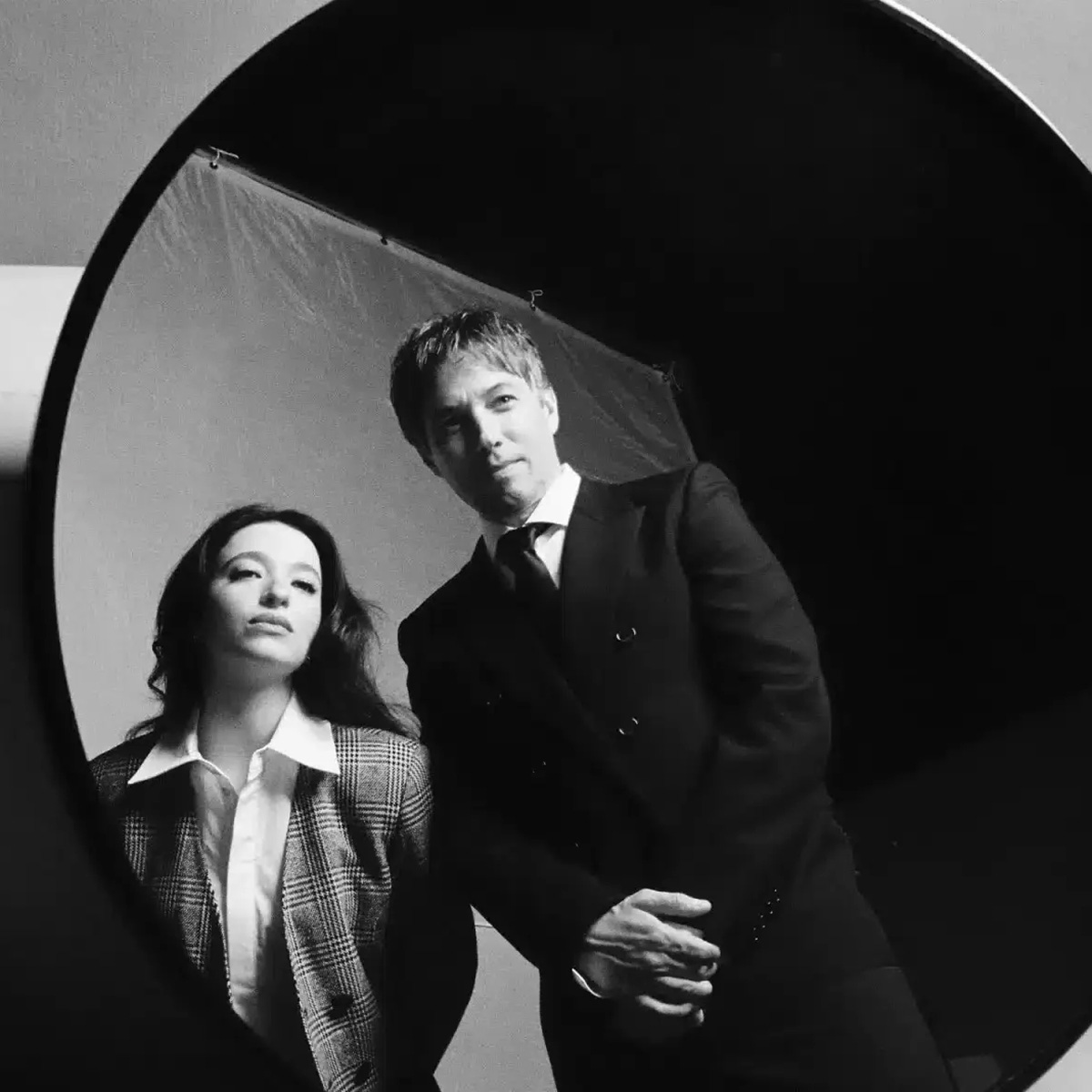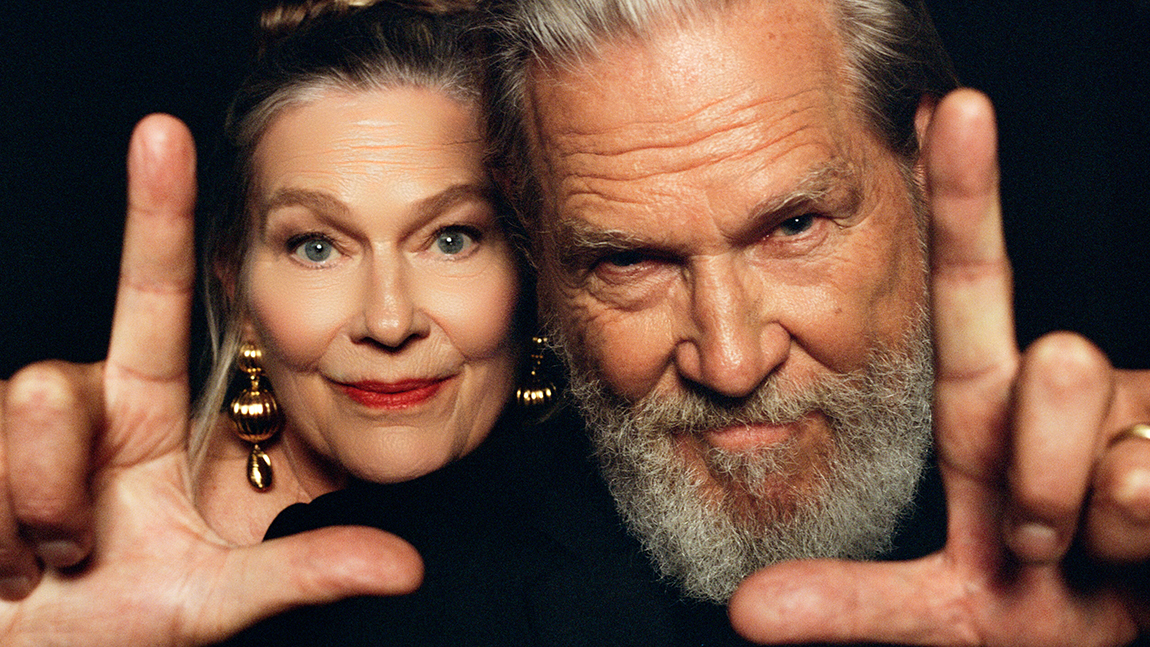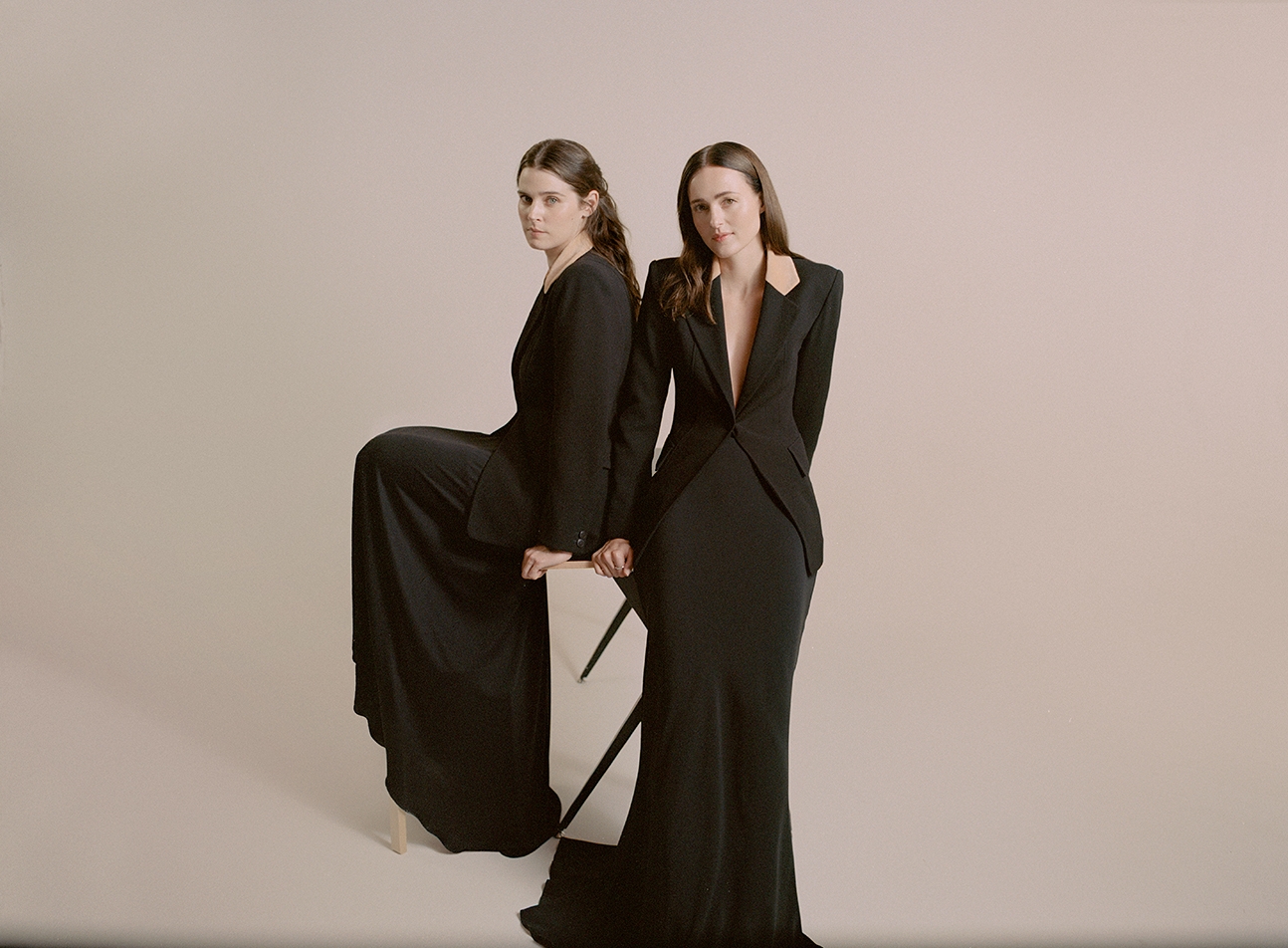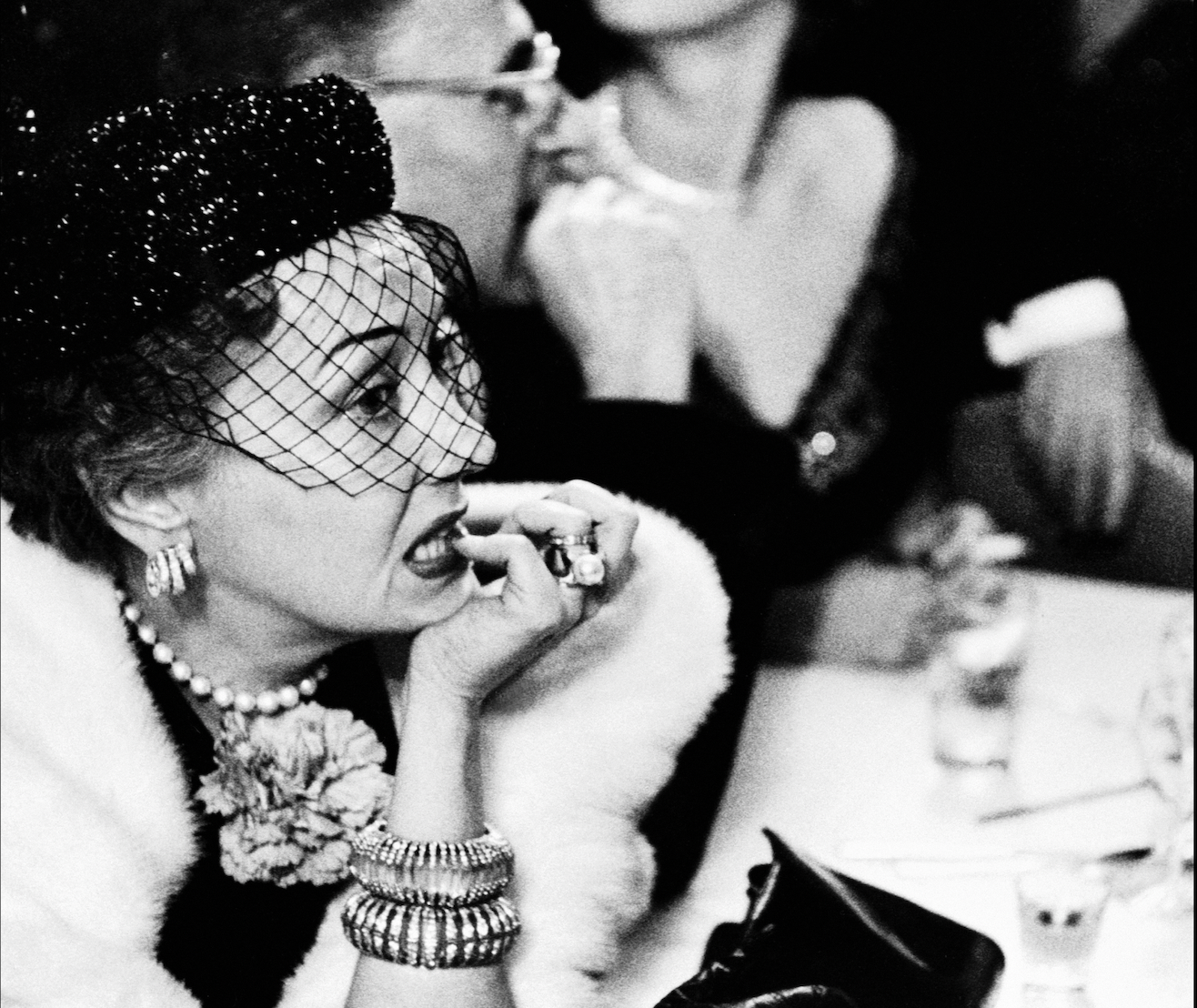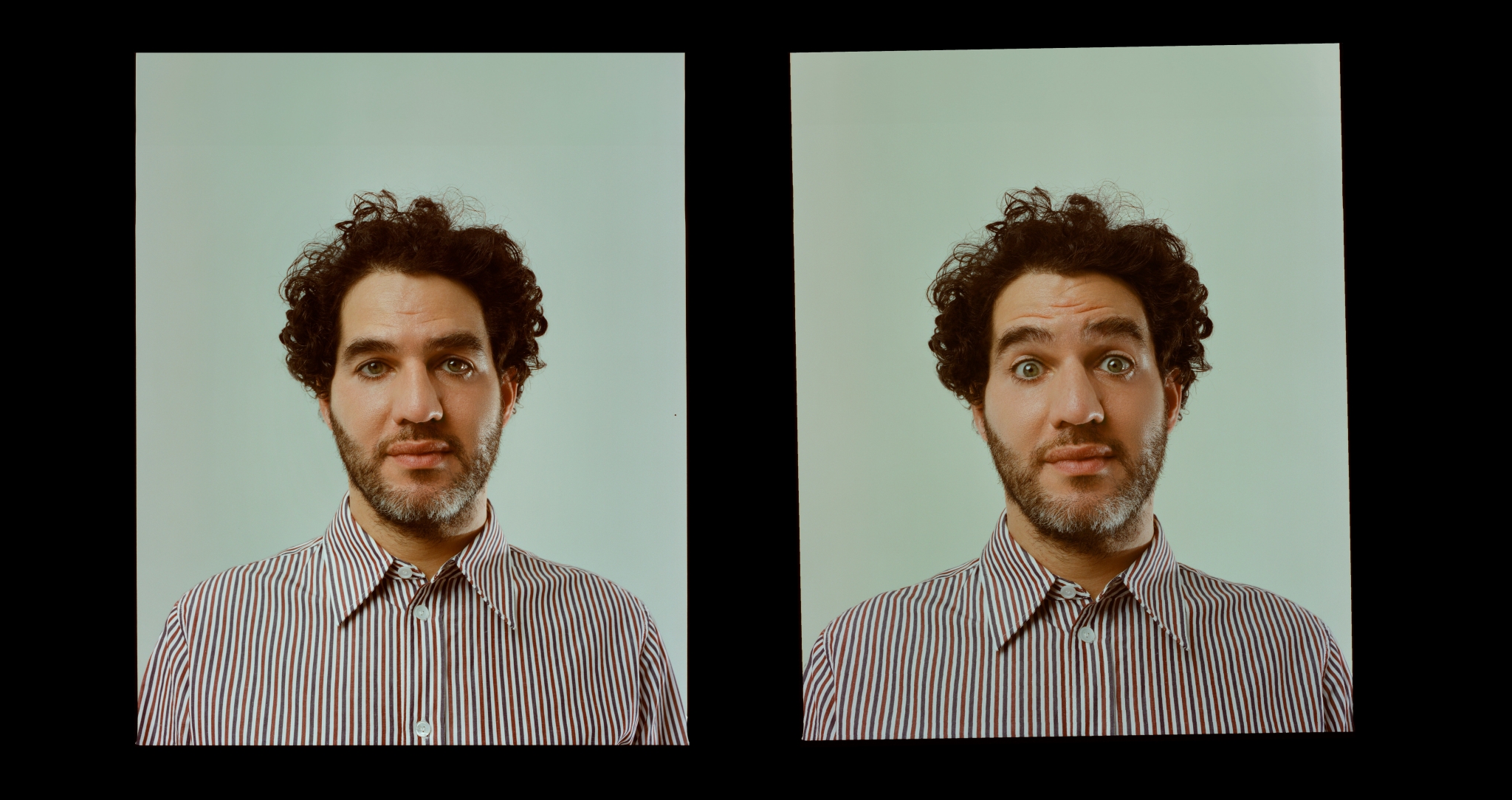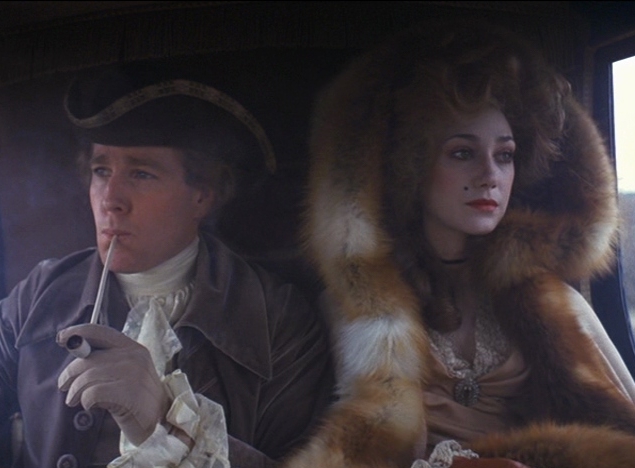
In the man’s world of Stanley Kubrick’s cinema, Lady Lyndon, played with steely sangfroid by Marisa Berenson, exposes the hollow ambitions of her eponymous husband. As Barry Lyndon turns 50, and returns to cinemas, we examine the overlooked legacy of the film’s leading lady.
You’d be forgiven for thinking Stanley Kubrick’s world is a man’s world. His cinema deals with ragingly masculine topics of ultraviolence, war, status and sex laced with desire and cruelty. With such a signature, it’s easy to see his female characters as little more than racy trinkets for the men to play with. Take Alice (played by Nicole Kidman) in Eyes Wide Shut, who with ‘bed hair’ wearing black lace and crystal earrings, toys with her husband as she discloses dreams she had about a naval officer. Or the sugary Lolita, the apple of Humbert Humbert’s eye, who is constantly held to a sexualised scrutiny. In American photographer Bert Stern’s promotional photoshoot of Sue Lyon for the film, she poses behind the wheel against the red leather seats of a Chevy, blonde and in a dusty blue bikini, kissing a USA flag.
Then there’s Kubrick’s sweet tooth for female nudity. Alice often stands in front of the mirror naked. The ‘Korova Milkbar’ in A Clockwork Orange is furnished with naked women as tables and chairs. Femininity is often superficial and shoehorned, taking place in the blue lit bedroom of Eyes Wide Shut or the sleazy wallpapered motel where Humbert Humbert takes his ‘cherie’ Lo to. The worlds in many Kubrick films seem to tick on exclusively male terms. Women exist as ornamental objects of seduction; to blush at, become jealous over, but willingly betray.
While it would be easy to write these off as just more of Hollywood’s misogynistic indulgences, the portrayal of female characters in Kubrick films always serves to expose something deficient in the societies which they occupy. The men go on to be burnt by their desires, making them just as hollow as the girls they believe they control. No Kubrick film shows this more than Barry Lyndon, which celebrates its 50th birthday this summer.
Barry Lyndon is Stanley Kubrick’s 1975 sardonic adaptation of a novel by William Makepeace Thackeray, chronicling the life of an Irish charlatan (Ryan O’Neal) whose vanity takes him from an Irish farm to the romantic heights of aristocracy. It tells the life story, at the same time gorgeous and devastating, of an Irishman whose destiny is exile. He gambles houses, love and titles, changes his name and marries a Lady for her wealth, but the acceptance he desires finally slips through his fingers.

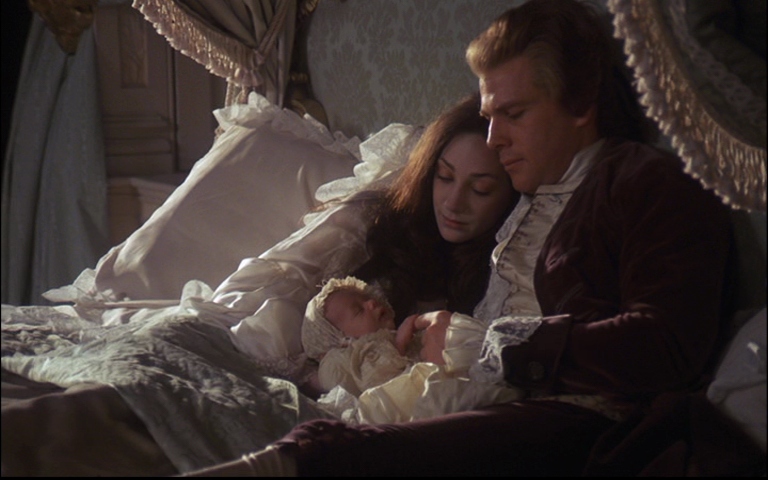
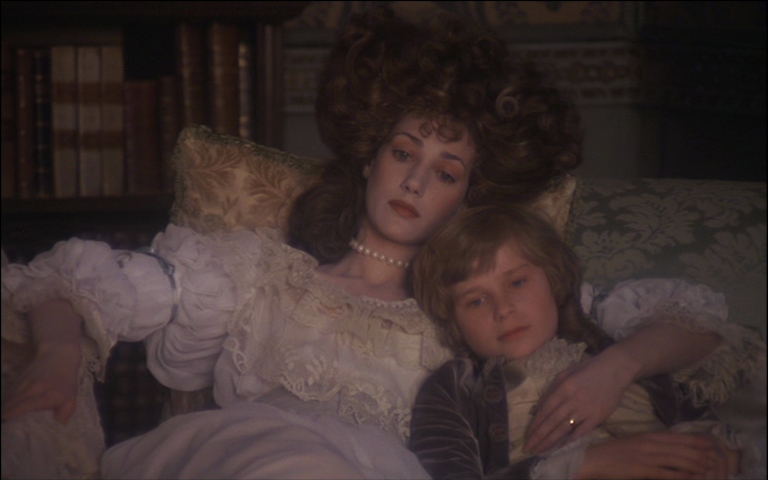
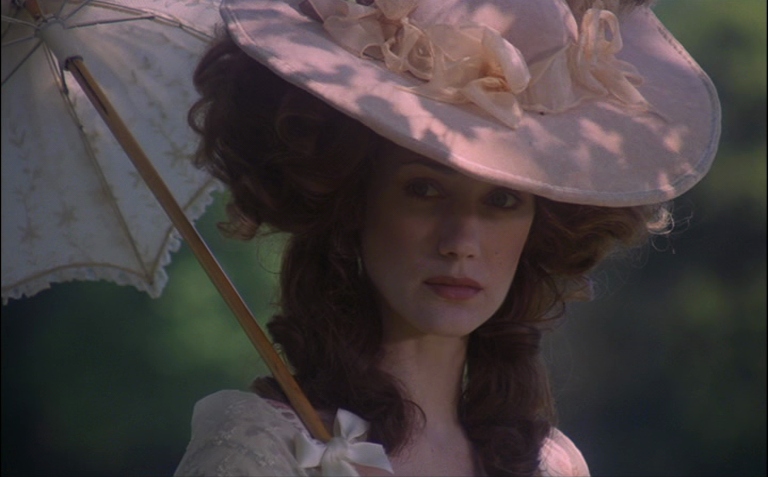
The film itself has a euphoric beauty to it, told through a sequence of rigorous, sharp frescoes, each offering sanguinity, only to destroy it minutes later. This leaves us with a sense of vertigo from the intoxicating cycle of false hope and disappointment that Barry enslaves himself to. The 18th-century aristocracy that Kubrick replicates is ruthless, with a wafer-thin morality at its heart. Kubrick’s maniacal obsession with detail through the guns, the costumes and floral opulence, as film critic Geoffrey O’Brien observes, makes this reality intimately present while making the people in it seem all the more ephemeral and ghostly.
Stanley Kubrick, a child of New York, was hellbent on exposing how the parlours of high society, which Barry tried to cut his way into, were ultimately built over a void. In constantly placing himself in another man’s shoes, Barry comes to live as a thief: a pretender whose name even isn’t his own. Barry Lyndon’s release came in the anxious times of the 1970s, at the end of the Vietnam War when the Sex Pistols had more credibility than the political establishment. Kubrick often flirted with satire, and his curdling portrait of the 18th-century aristocracy, many of whom would soon face the guillotine, reaches close to perfection. The cherry on the top: Marisa Berenson’s performance as the dolorous but exquisite centrepiece of the film Lady Lyndon.
Barry is first a hot-headed young lover, a fugitive, a British soldier, but then becomes a swindler, cardsharp, murderer and cheat. His devotion to his reputation curdles every ounce of decency he had, leading him to total isolation. The film provided redemption to its lead California boy Ryan O’Neal, with one contemporary review stating, rather theatrically, “well, you must know that he is saved, that he has escaped far from all these sweeties and molasses!” – as the film world was told to take him seriously. O’Neal’s Americanness gave him a further echo of alienation, making him very well suited to the role, thanks to Kubrick’s direction. Barry Lyndon also blossomed Marisa Berenson’s rep as “the most beautiful woman in films today”, as Vogue wrote upon its release.
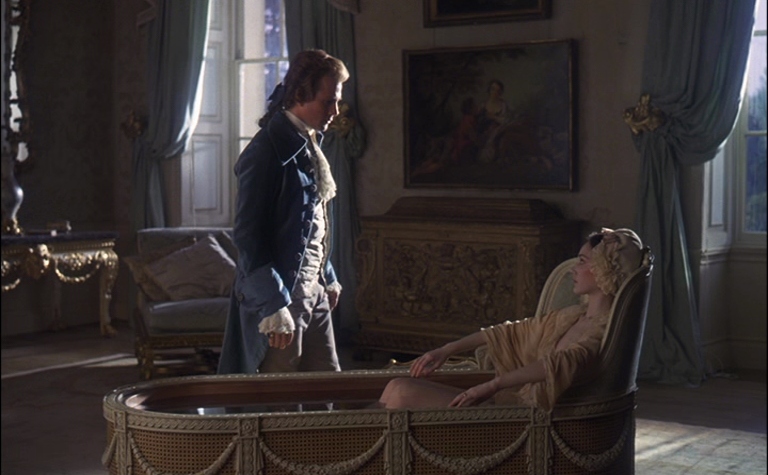
Still from Stanley Kubrick’s Barry Lyndon (1975), featuring Marisa Berenson and Ryan O’Neal.
Lady Lyndon is the heavenly but melancholic aristocrat, married to Sir Charles Reginald Lyndon. After meeting her, Barry clandestinely seduces her, inflaming her already sickly husband, Lord Lyndon, to the point of killing him. They then marry, and he takes her name, a telling detail that is somehow fudged by the narrator.
The seduction scene takes place over a game of cards, the two facing each other across the table like a duel in a candlelit chiaroscuro. Their wordless flirtations are dictated by eye contact, and it seems certain that their masks will slip. The sonic flow of Schubert’s Piano Trio matches the tension between the lovers, as they find themselves suspended, as Scorsese called it, in this ‘ballet of emotions’. It is filled with lyricism, rage and prickly longing. However, where Schubert progresses into a passionate middle section, composer Leonard Rosenman’s adaptation for Kubrick repeats the major theme, leaving us in some kind of trance. Kubrick unleashes a romantic fatalism that governs the rest of Barry and Lady Lyndon’s relationship. The promises of real love don’t flower into anything, but rather turn into ice, the same way Schubert is placed in this purgatory. Even the candles seem to simmer with unrealised desire, shuddering and stretching under their own physical laws, as Trainspotting director Danny Boyle observed in his introduction of the film.
Kubrick explained how this scene “suggests the empty attraction they have for each other that is to disappear as quickly as it arose.” To be absolutely literal, this challenges any interpretation of Lady Lyndon being innocently in love with Barry. Their marriage is rather just another ceremonial act – a transaction of formality rather than emotion. And she is aware of its terms, perhaps more than he is, implying she isn’t really ‘played’ by him.
A later scene, after Lady Lyndon catches her husband cheating on her, further develops this coldness that lies between them. She lies in a bathtub at the centre of a high-ceiling room, encased with gilded mirrors and silk pale blue French salon chairs in a staging that ripples with voyeurism and desire. Berenson wears a champagne-coloured chiffon ruffled robe with a matching cap giving her a virginal innocence. Her dark red lips and pale skin give her the look of a slightly blushing but always serious Russian doll. She lies there, like a water lily, as a maid reads to her in French. Barry goes in to ‘see’ her as if she were a sculpture in a museum, treading slowly towards her, holding her hand and whispering ‘I’m sorry’ and kissing her. She simply watches him perform this ritual without saying anything as her glassy, cherubic eyes stare at him. Is this a lover’s look? Is it the way a pet looks at its owner? Or a look of complete indifference? It’s very hard to tell, and with her limited dialogue, which has been compared to Juliet in William Shakespeare’s Romeo and Juliet, her inner thoughts and feelings are left to interpretation.
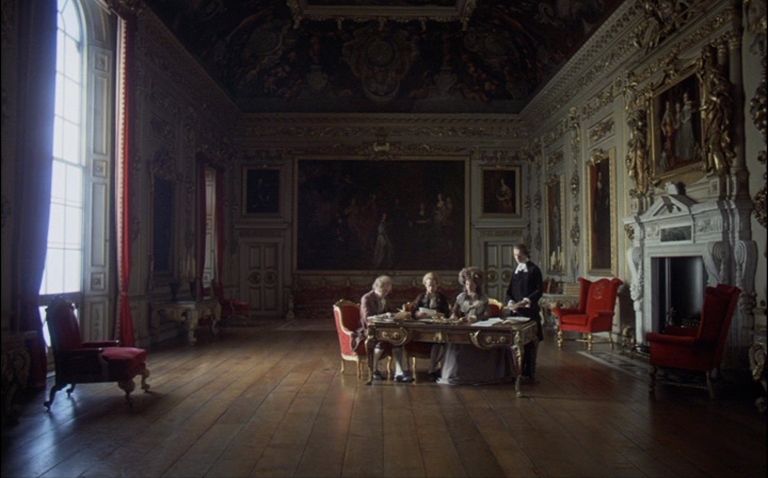
Lady Lyndon keeps a troubling sangfroid through the events of the film. It would be easy to assume that she is his trophy wife, allowing herself to be pacified. However, in a way, her melancholia makes her very closed off and inaccessible to even her husband, let alone us as the audience.
Zoe Worth
Lady Lyndon keeps a troubling sangfroid through the events of the film. It would be easy to assume that she is his trophy wife, allowing herself to be pacified. However, in a way, her melancholia makes her very closed off and inaccessible to even her husband, let alone us as the audience. During shooting, Berenson moved to the wing of an Irish castle where it rained all the time, and she was completely on her own. Kubrick would tell her every day she might be needed on set, but she never was. Berenson, in an interview, said, “I think Stanley liked the idea that I became very melancholic”.
Ultimately, it is Barry Lyndon who tries to find salvation through her, not the other way around. When their son Bryan is killed in a horse-riding accident—on a horse that Barry had given him for his birthday—Lady Lyndon finds religion as her solace while Barry turns to booze. Lady Lyndon provides us with a female Stanley Kubrick character who is wiser than the men who have more agency than her: her late husband, Lord Bullingdon, and Barry. In keeping her lips sealed, she eludes them all, remaining a steel magnolia that is impossible to read.
She shows Barry to be a swindler and a fool, and more importantly, as much of a pawn as everyone else he so willingly deceives. Her sphinx-like manner translated off-screen. Marisa Berenson, daughter of socialite Gogo Schiaparelli and Robert Berenson, attended boarding school in England before becoming an NYC ‘nepo baby’ and a model and actress. While she would pose with hibiscus flowers in her hair or walk arm in arm with boyfriend, Austrian actor Helmut Berger, wearing an Alpine jumper, she was also heavily romanticised as a star girl of the very marmite, and very mercurial director Stanley Kubrick. In a way, Berenson exuded a similar kind of casual glamour and cold sophistication that her character Lady Lyndon did. She was chosen as the cover face for Time Magazine for the release of Barry Lyndon, which is rumoured to have made O’Neal jealous. He fancied himself as Kubrick’s muse, which seems ironic considering his character was consumed by his vanity. Both on and off screen, it is Lady Lyndon who has the last word. In that glacial final scene, she signs Barry’s annuity cheque as her son, chaplain, and steward look on.
Barry’s desire for permanence leads him to ruin, showing his self-ordained status to be little more than a paper tiger. In Barry Lyndon, Kubrick creates a mournful caricature of the violence with which money, desire and vanity speed through many societies. Kubrick let us share the misery of an elegance that promises a satisfaction it cannot provide. A satisfaction that Lady Lyndon was never seduced by, or rather never fooled by. In her detachment, it is only Lady Lyndon who is given some saving grace.

